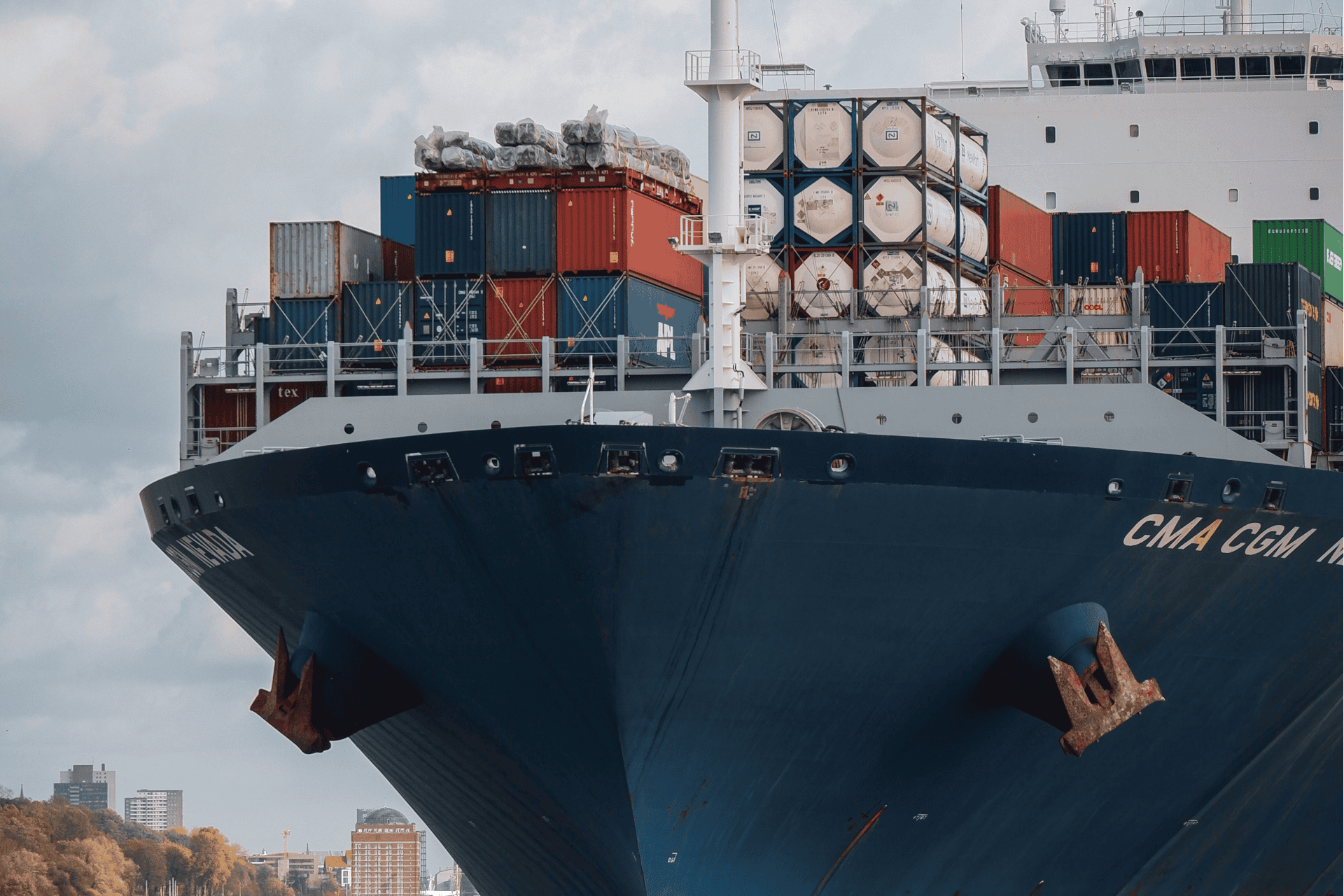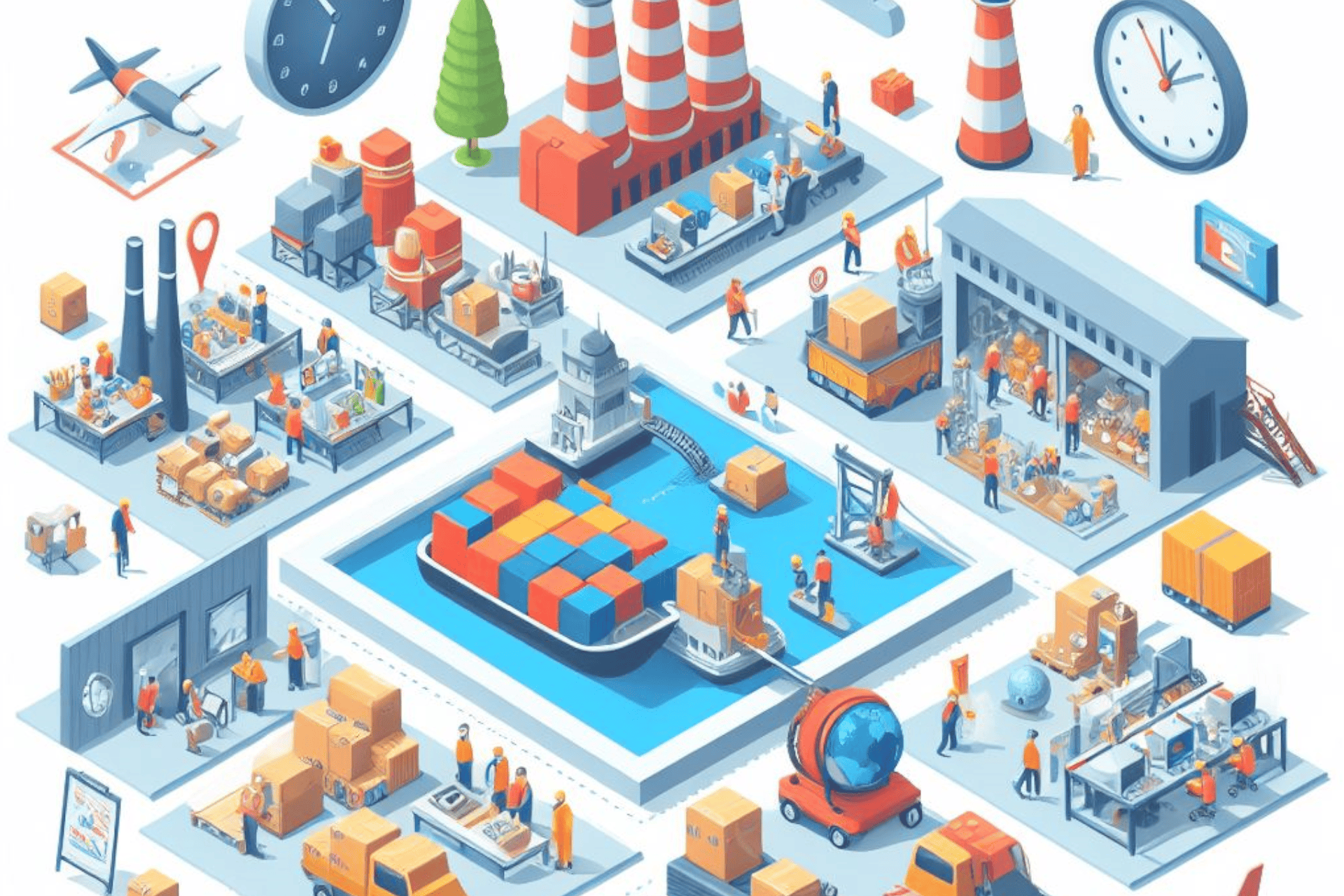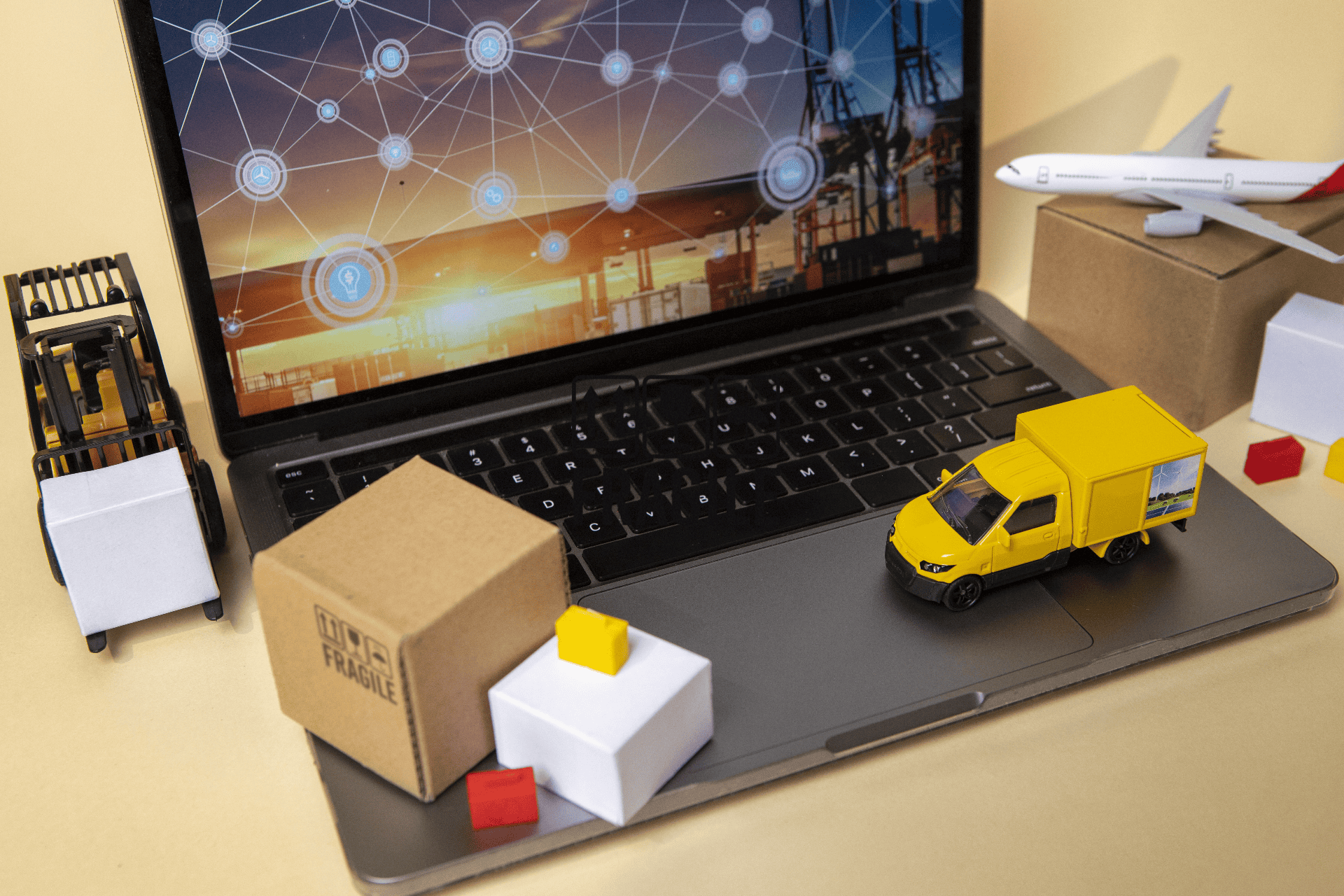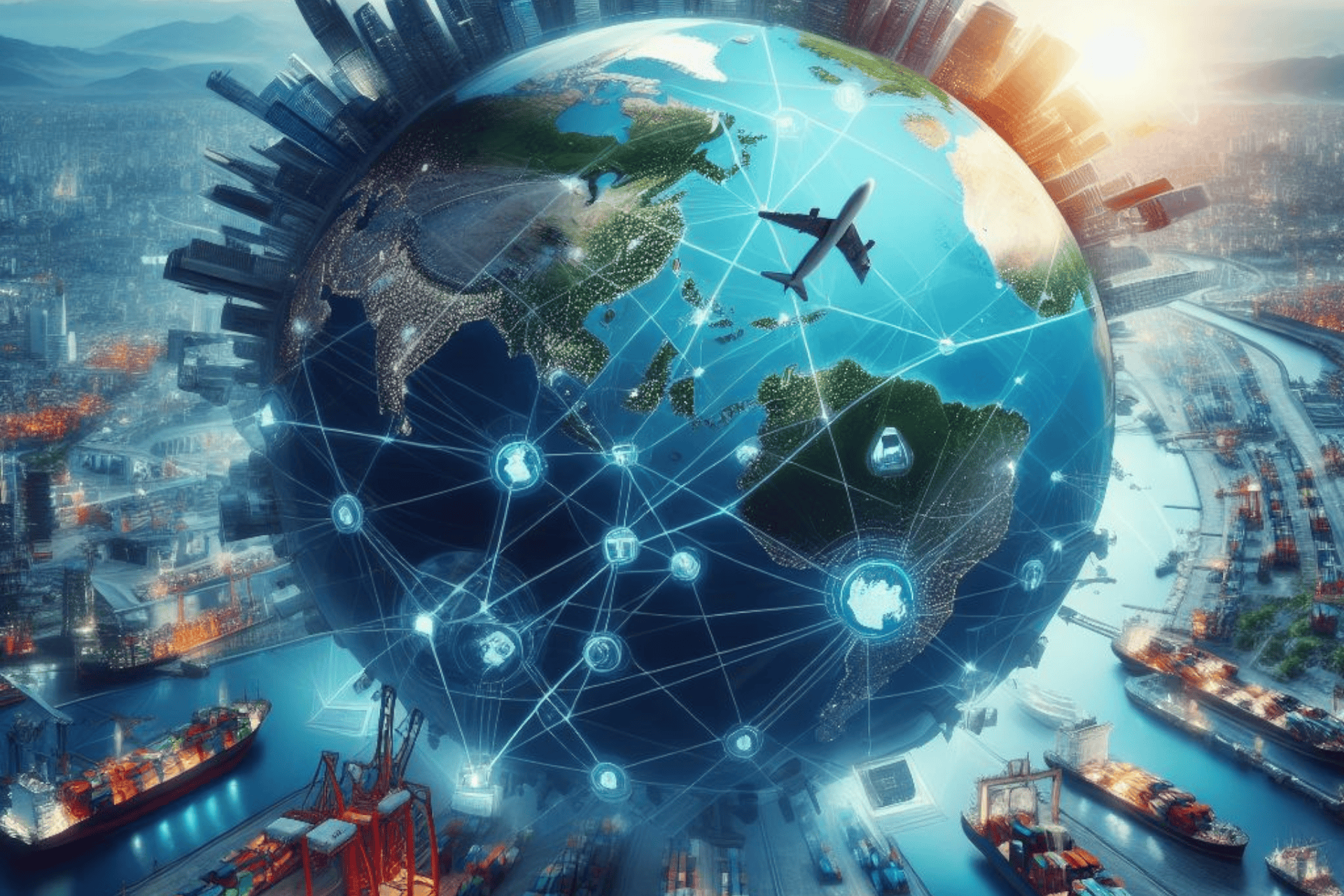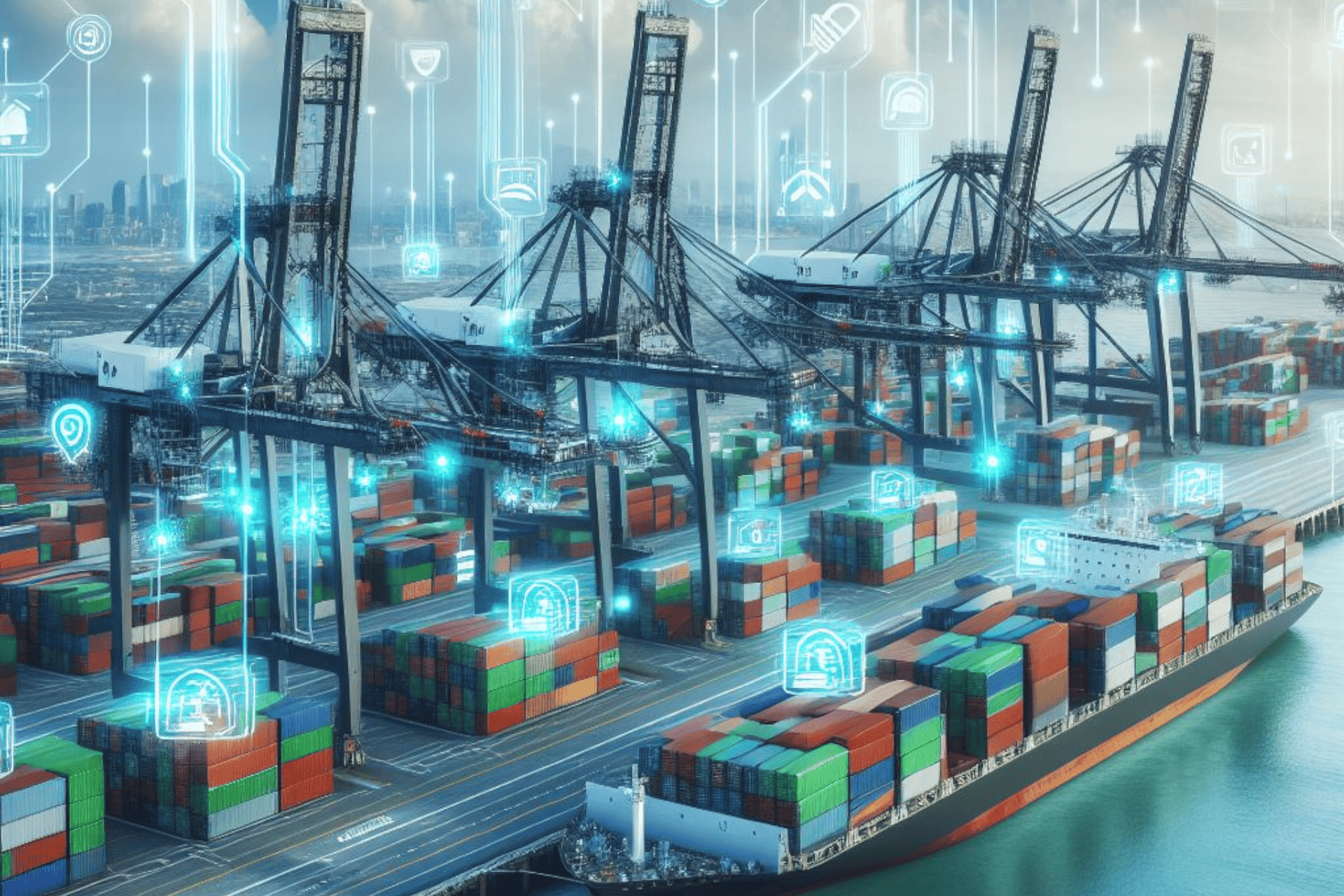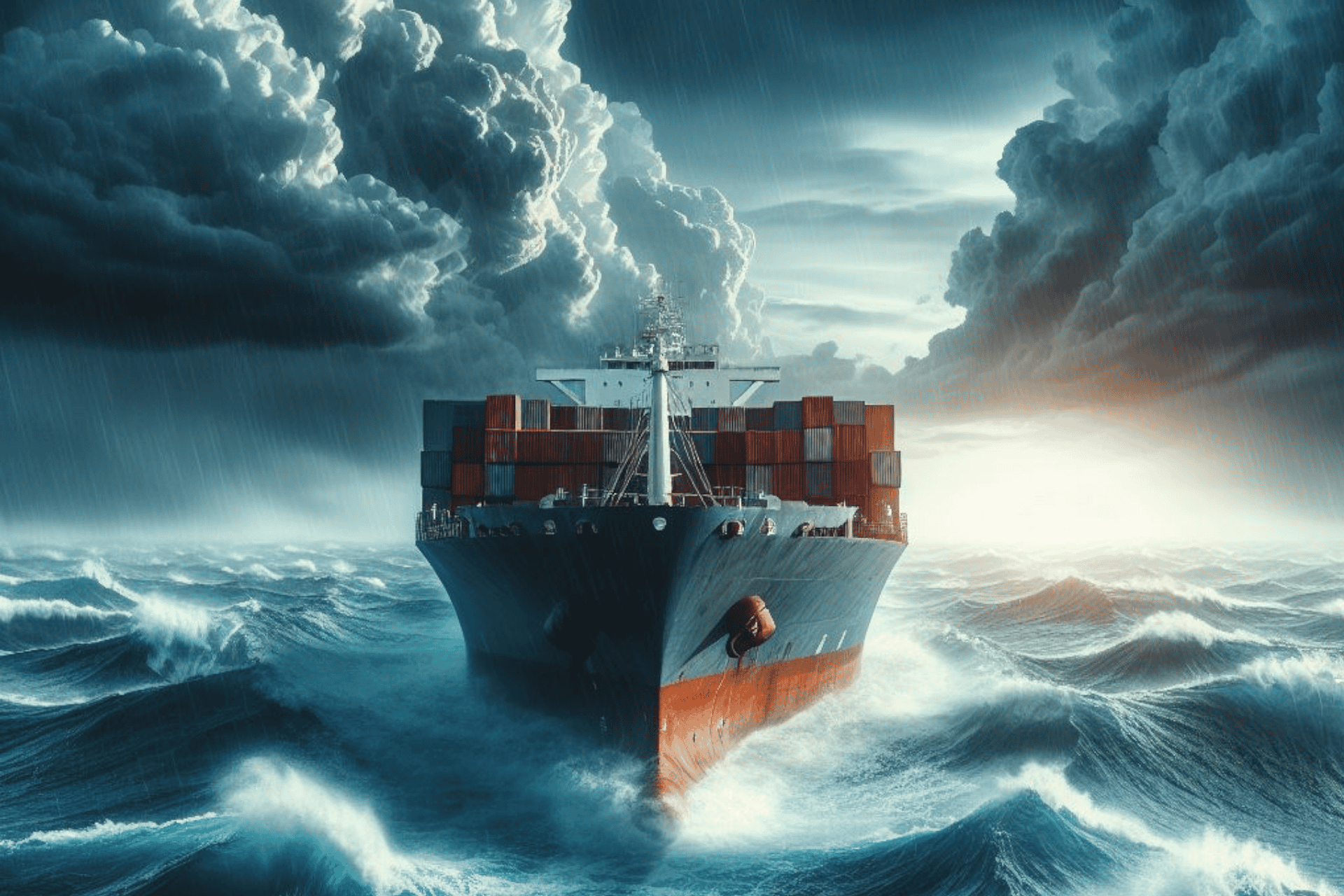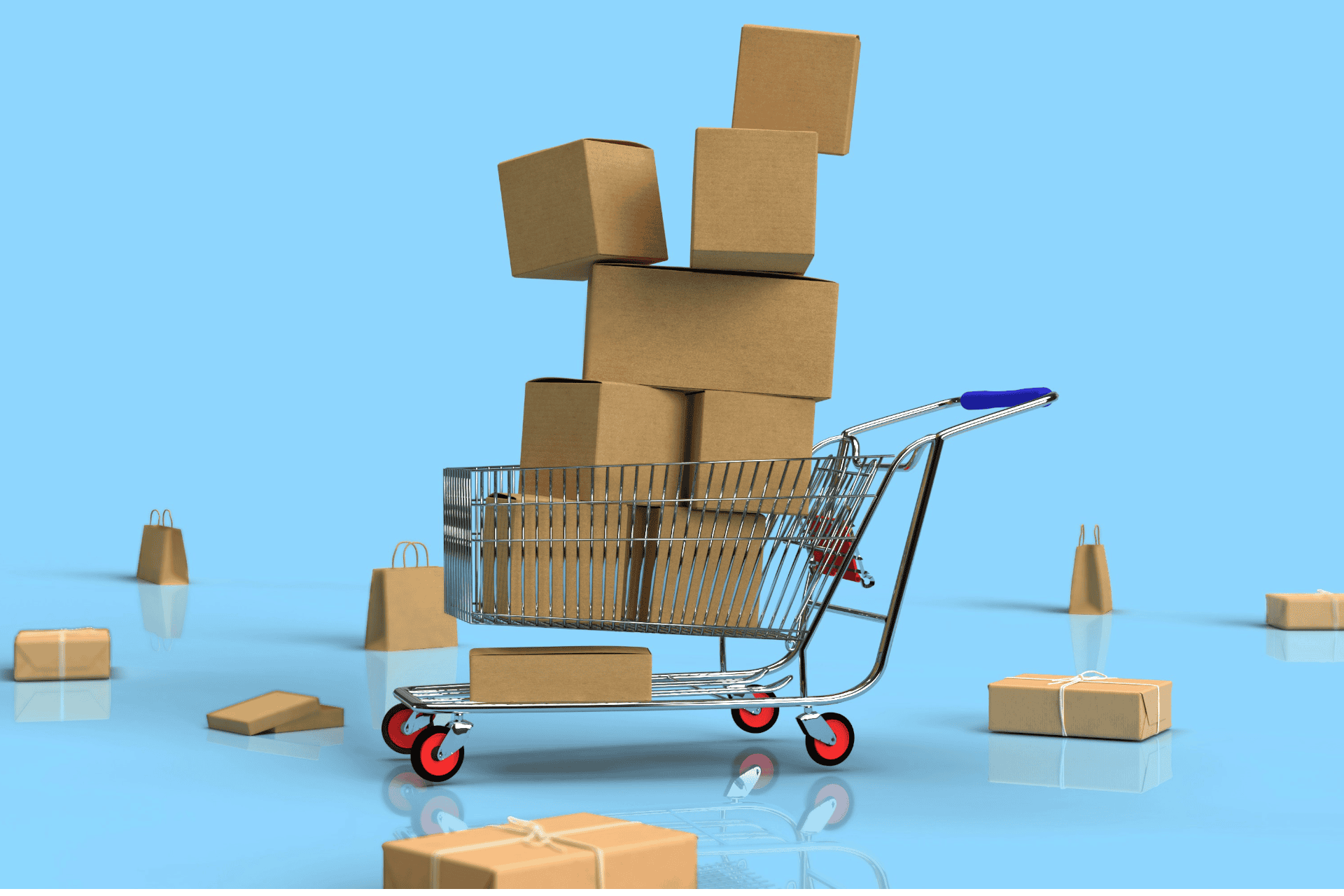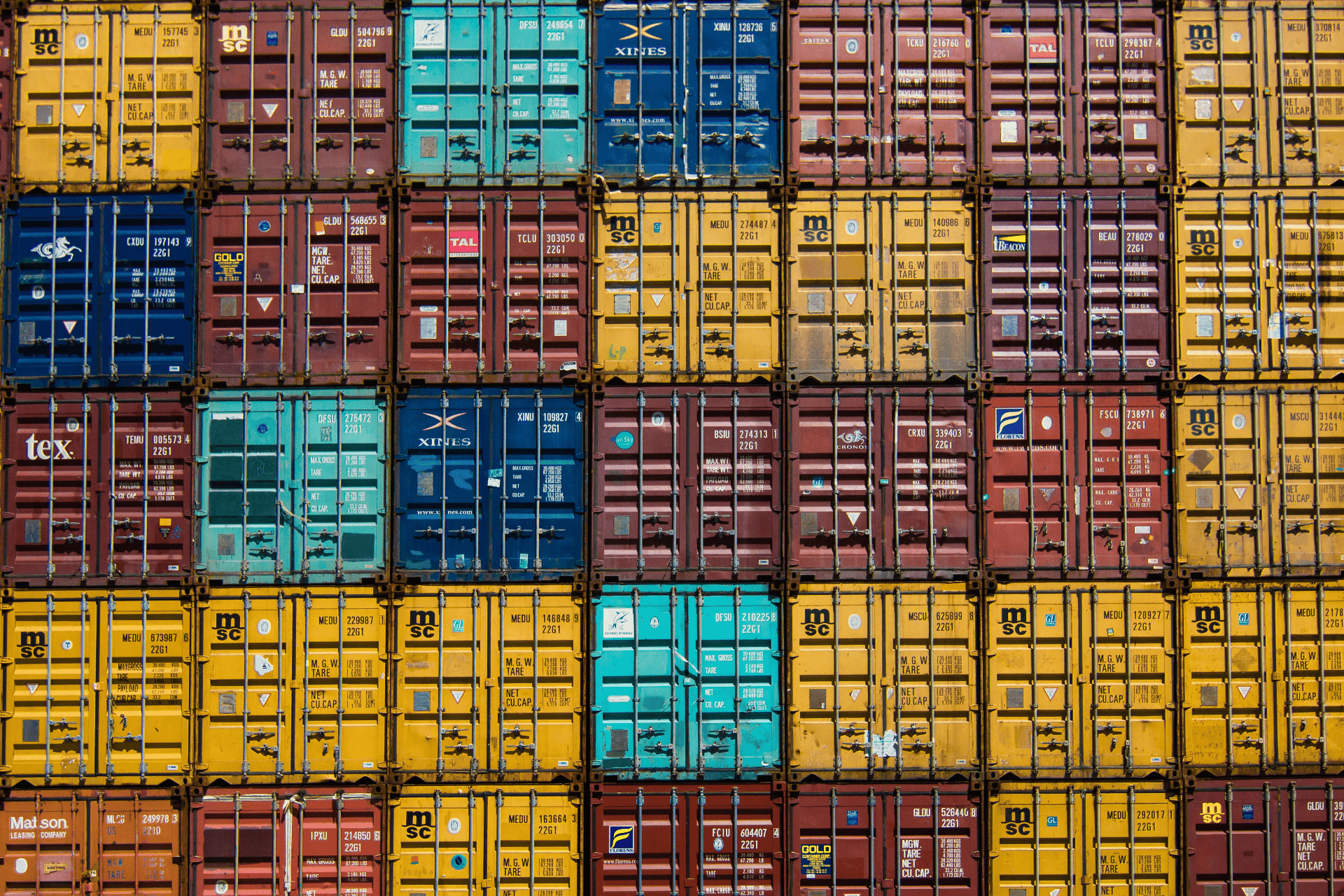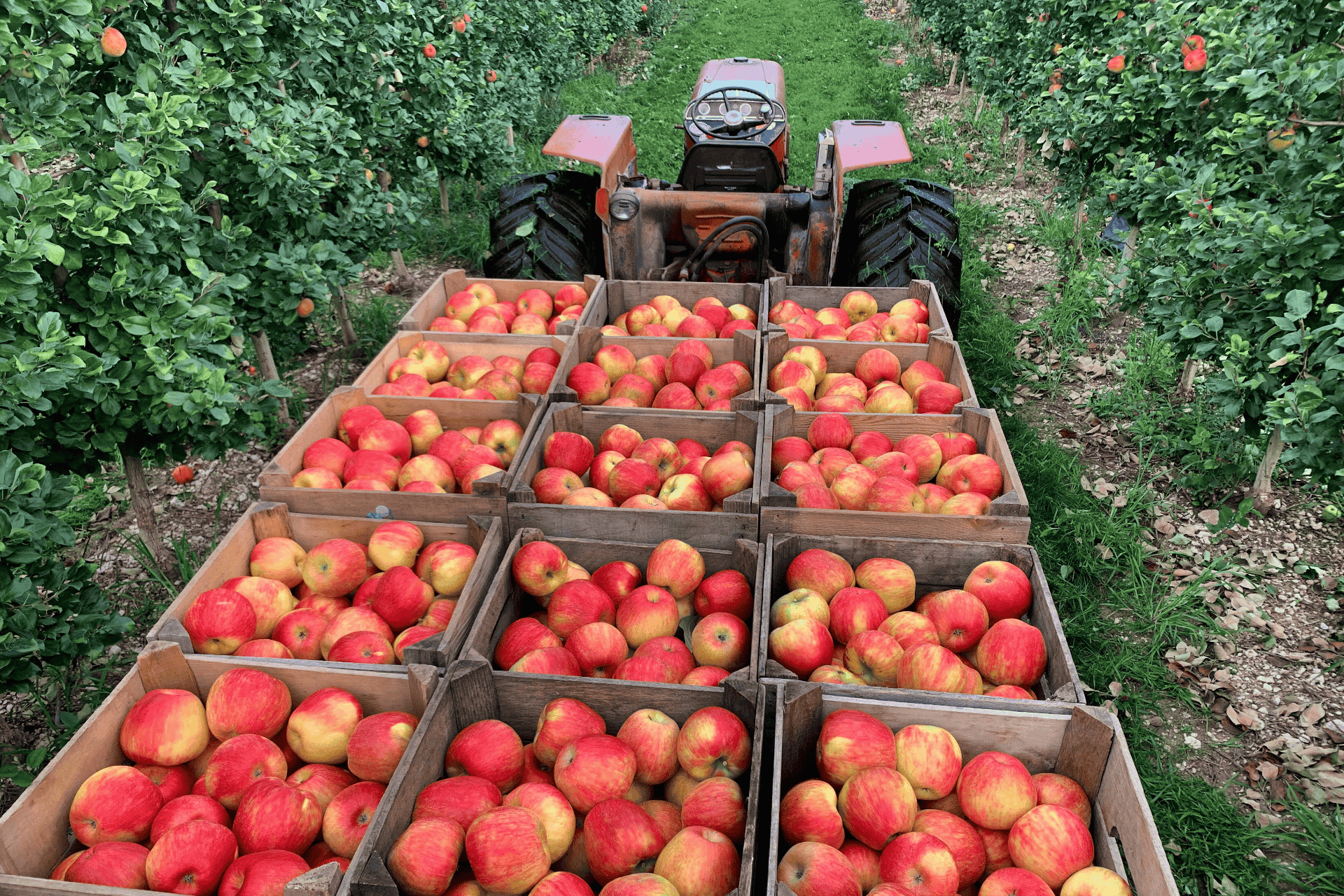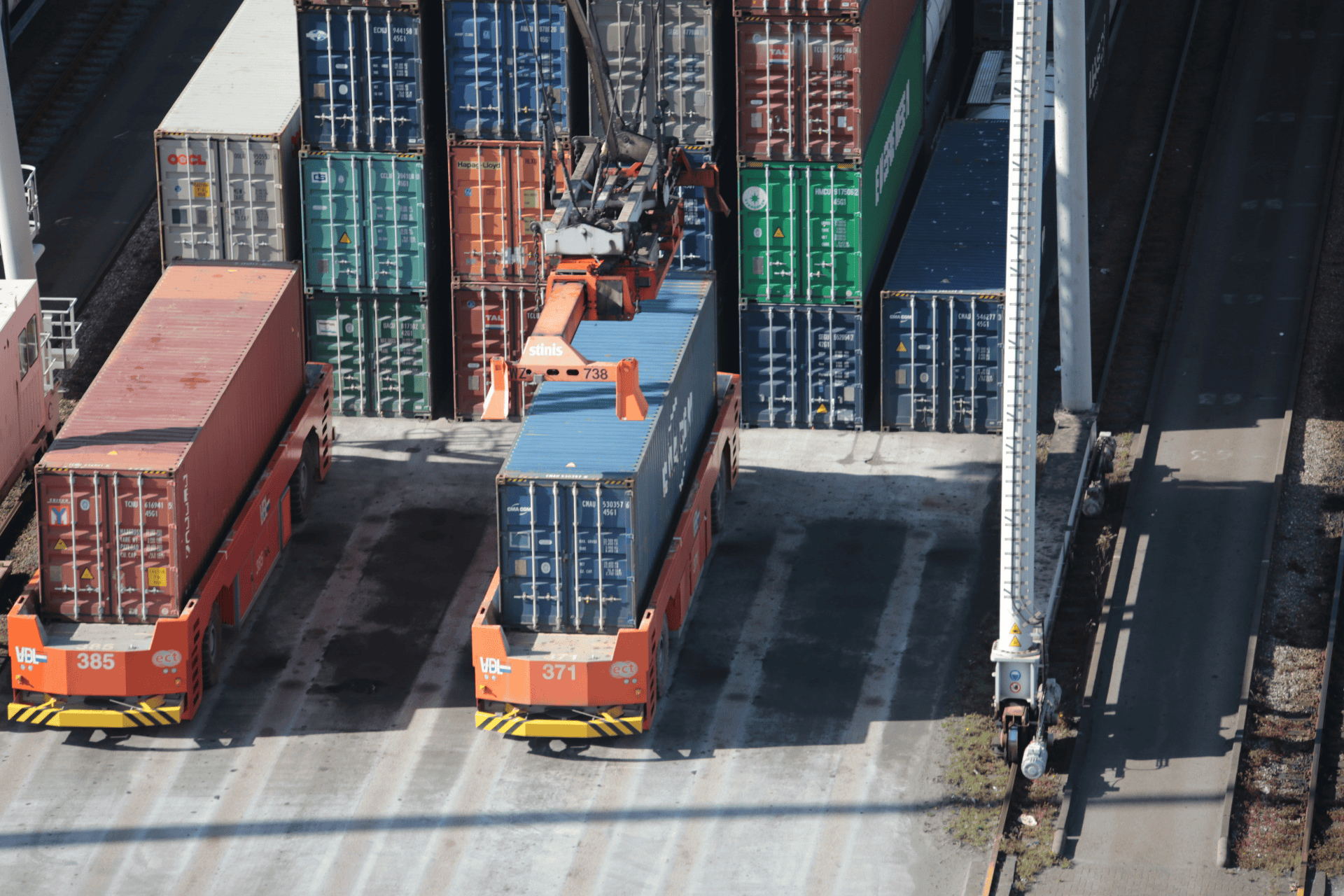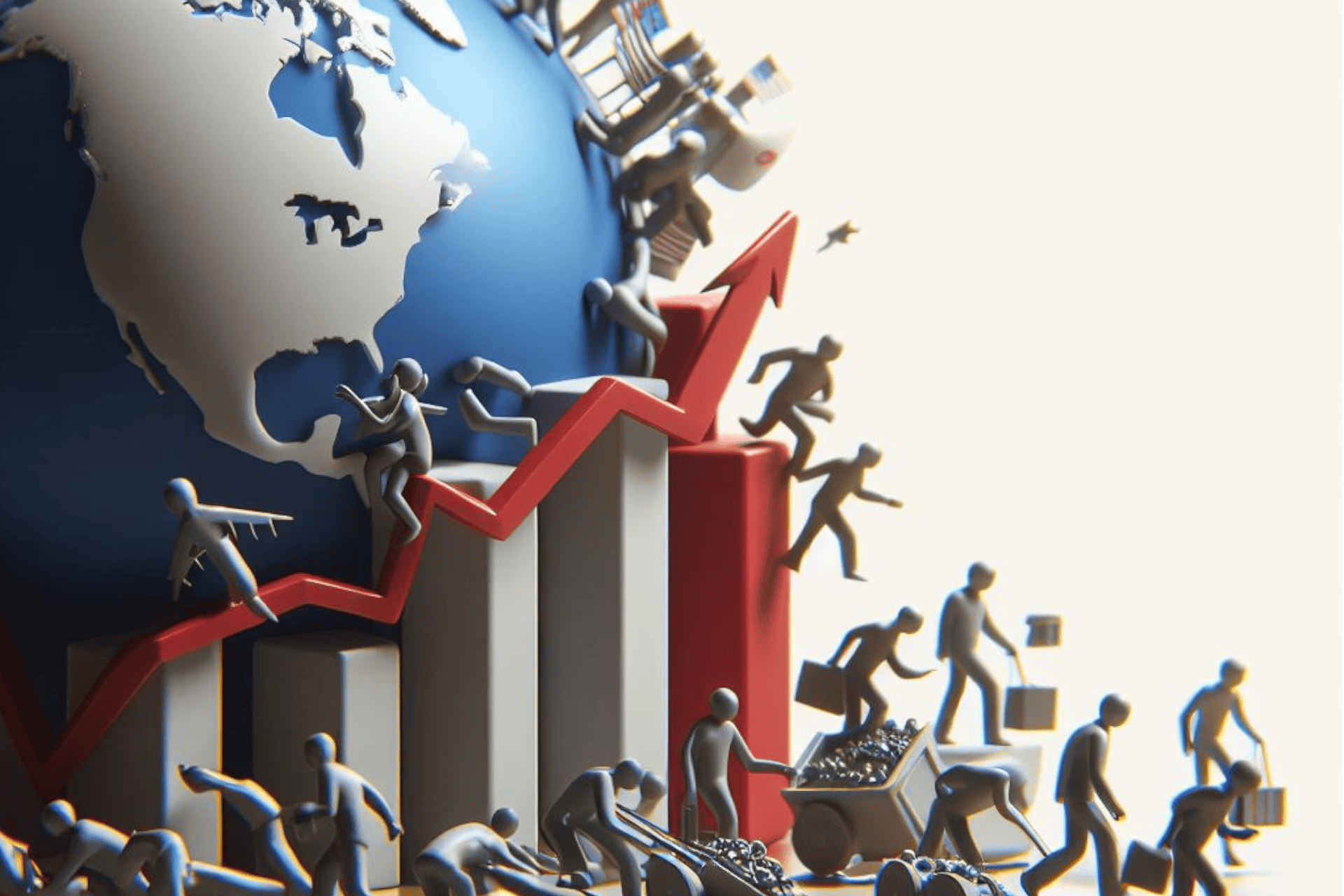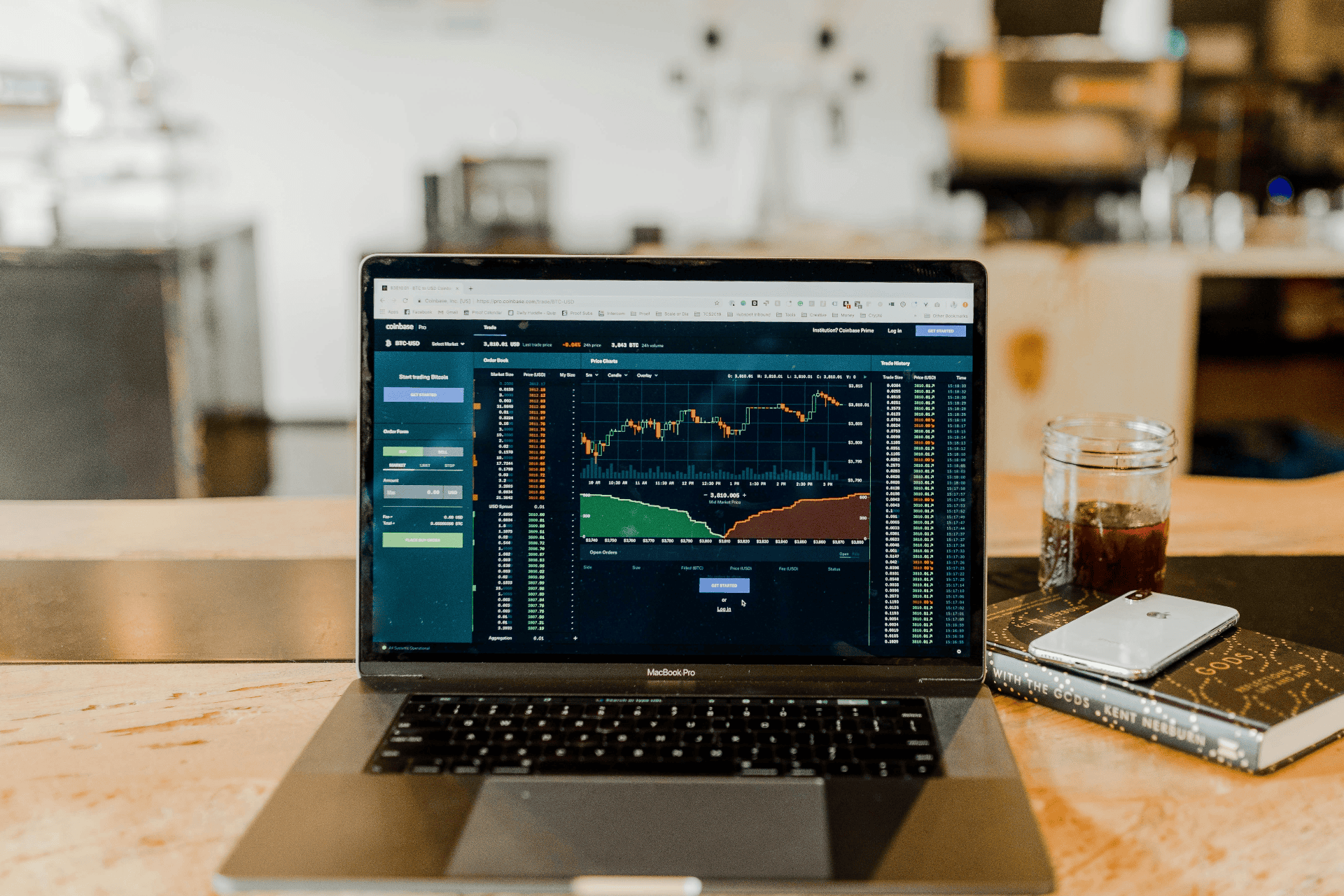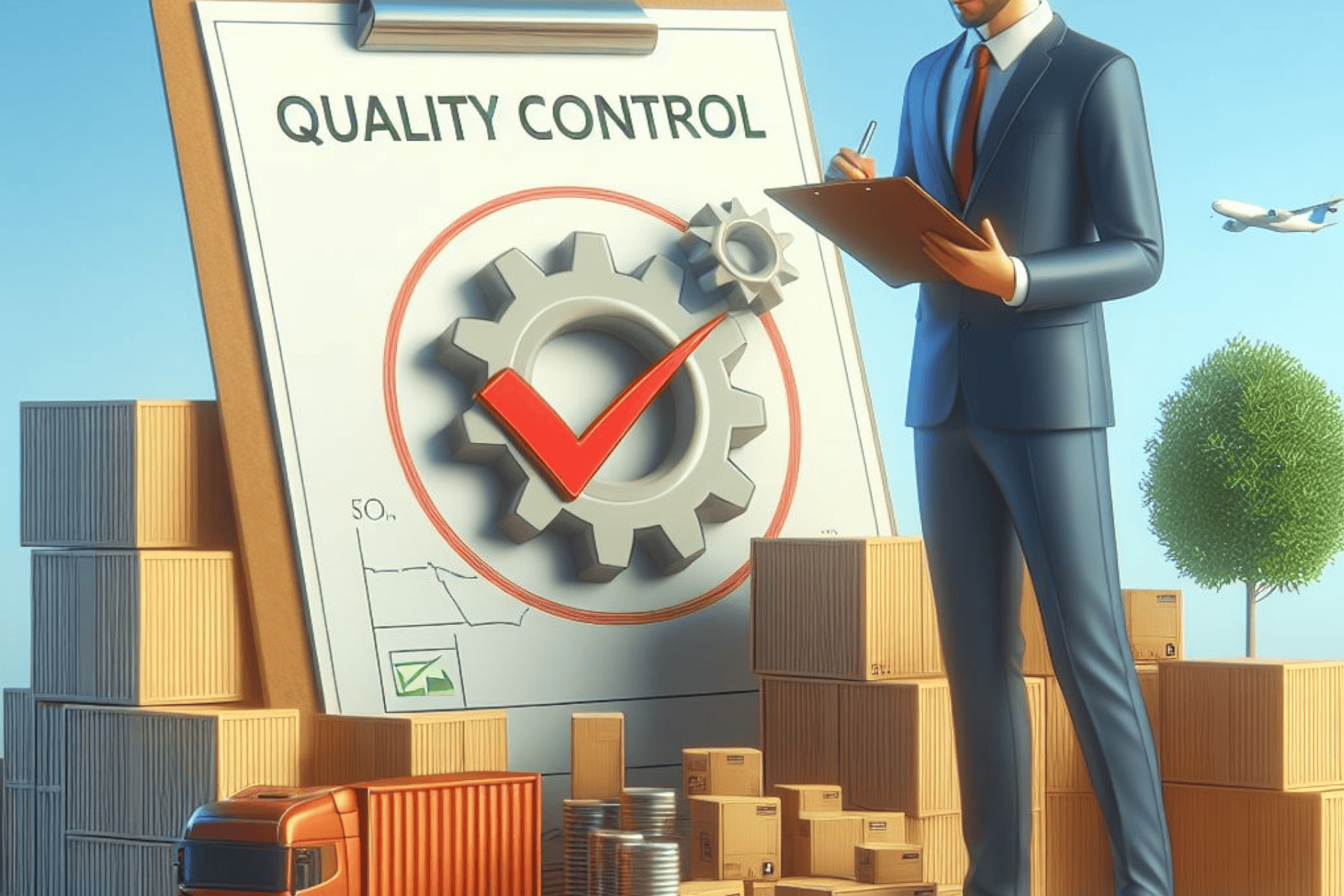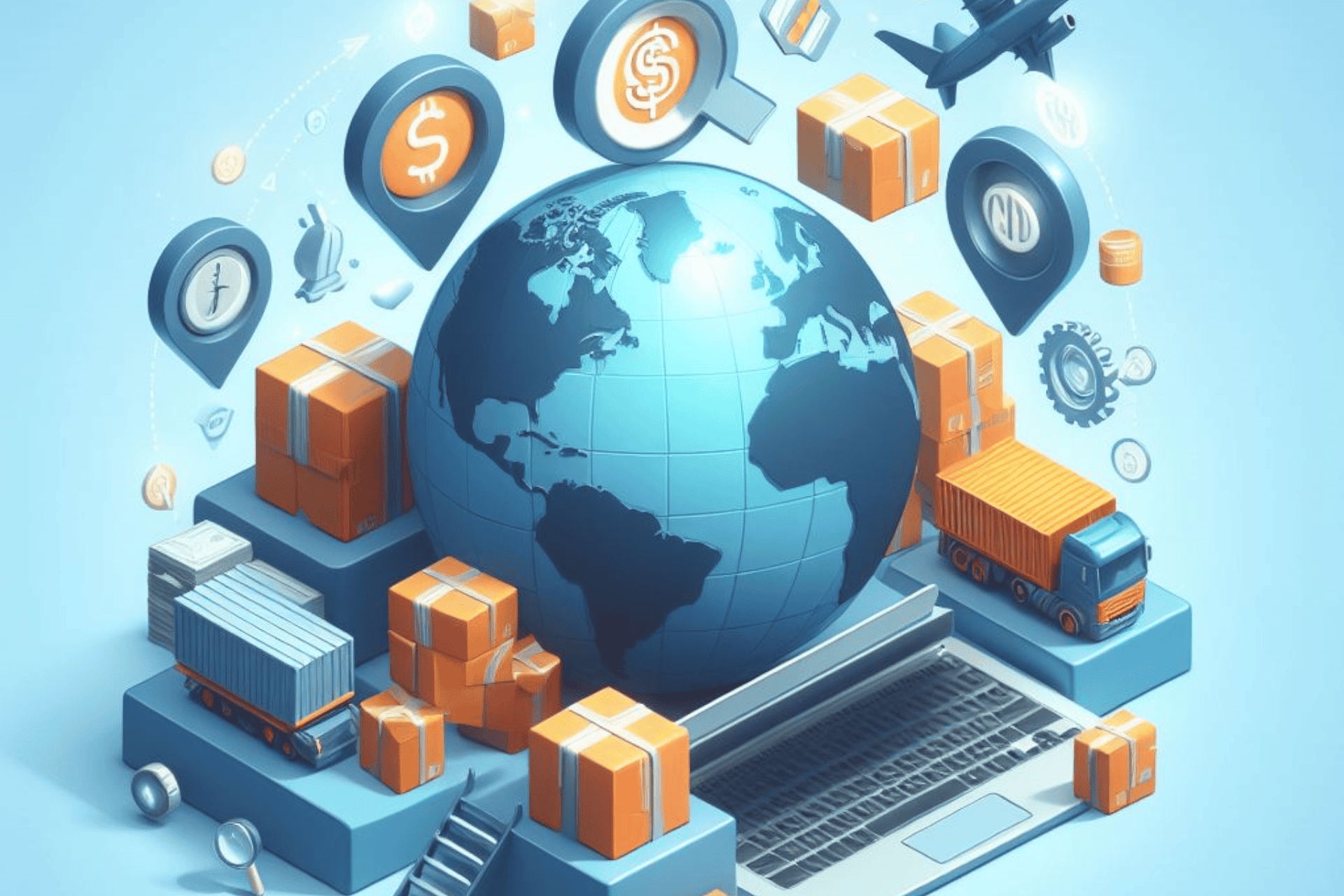The future of sustainable packaging in exporting is bright, driven by consumer demand, regulatory pressure, innovation, and collaboration. By embracing eco-friendly solutions and leveraging technology, businesses can navigate the complexities of international trade while minimizing their environmental footprint.
In a world increasingly aware of its environmental footprint, sustainable packaging has emerged as a crucial aspect of modern business practices. As companies worldwide pivot towards greener solutions, the realm of exporting presents a unique frontier for the evolution of sustainable packaging.
Exporting inherently involves the movement of goods across borders, often spanning great distances and encountering diverse regulatory frameworks. Historically, this process has been associated with copious amounts of packaging materials, ranging from plastic wraps to bulky cardboard boxes. However, as environmental consciousness grows, so does the demand for eco-friendly alternatives.
One of the primary drivers behind the shift towards sustainable packaging in exporting is consumer demand. Today's consumers are more informed and environmentally conscious than ever before. They actively seek products that align with their values, including those packaged sustainably. Consequently, companies engaging in exporting must adapt to meet these expectations to remain competitive in the global market.
Moreover, governments worldwide are implementing stringent regulations aimed at reducing plastic waste and promoting sustainable practices. This regulatory landscape directly impacts exporting businesses, as non-compliance can lead to fines and reputational damage. Therefore, investing in sustainable packaging not only meets consumer demands but also ensures adherence to evolving legal requirements.
The future of sustainable packaging in exporting lies in innovation and collaboration. Companies are increasingly investing in research and development to create packaging solutions that minimize environmental impact without compromising product integrity. From biodegradable materials to reusable containers, the options are diverse and expanding.
Collaboration across the supply chain is another critical aspect of advancing sustainable packaging in exporting. From manufacturers to logistics providers, each stakeholder plays a vital role in reducing waste and optimizing packaging practices. By fostering partnerships and sharing best practices, businesses can collectively drive progress towards a more sustainable future.
Technology also plays a pivotal role in shaping the future of sustainable packaging in exporting. Advancements in materials science, such as the development of bio-based polymers and compostable packaging, offer promising alternatives to traditional materials. Additionally, innovations in recycling and waste management enable closed-loop systems that minimize environmental impact throughout the product lifecycle.
As the global economy continues to expand, so does the importance of sustainable packaging in exporting. Companies that embrace eco-friendly practices not only contribute to a healthier planet but also stand to gain a competitive edge in the marketplace. By prioritizing sustainability, businesses can meet consumer expectations, comply with regulations, and drive positive change on a global scale.
#SustainablePackaging #Exporting #EcoFriendly #Innovation #GlobalTrade #EnvironmentalConsciousness #Regulations #SupplyChain #Collaboration #Technology #ConsumerDemand
Related Information




